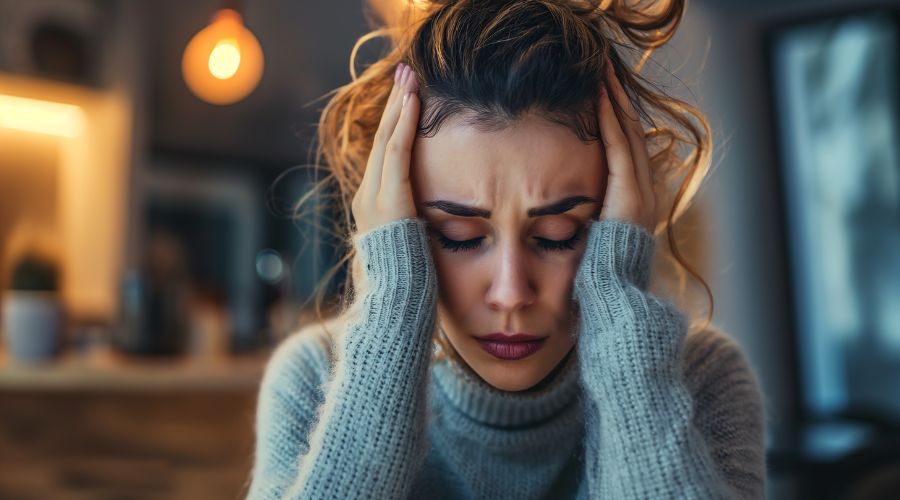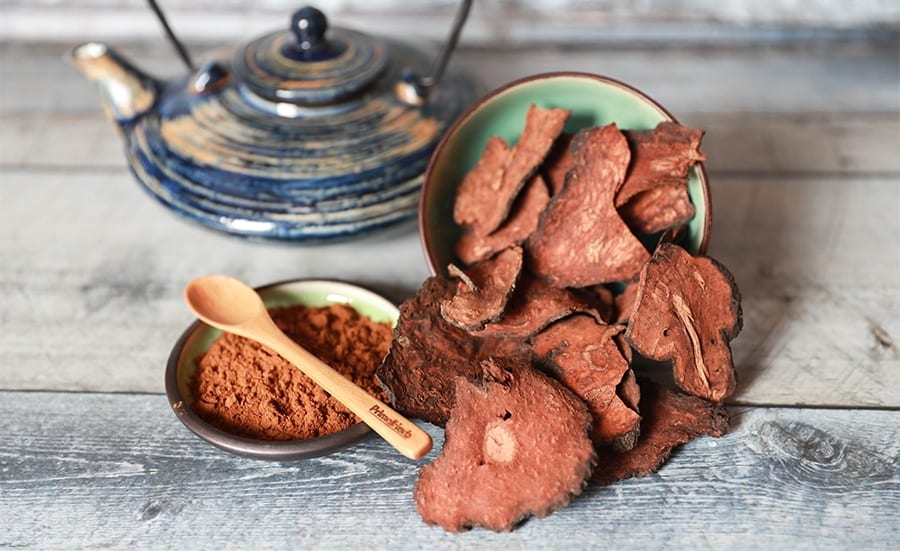Turning the Tide on Toxins: Mastering Die-Off Symptoms from Candida to Parasites
The Die-Off Dilemma: When Feeling Worse Means Getting Better
Imagine embarking on a journey to tackle health issues like candida, parasites, and yeast infections. You’re armed with new treatments such as EX-CANDIDA and a resolve for better health. But there’s an unexpected twist: instead of immediate improvement, you feel worse. Welcome to the perplexing world of the Herxheimer reaction, commonly known as ‘die-off’.

A Bumpy Road to Recovery: Understanding Die-Off Reactions
This reaction is a paradoxical sign of healing, where killing off harmful organisms in your body releases toxins faster than they can be eliminated, triggering an immune response. It’s a common yet challenging phase in combating candida overgrowth, parasitic infections, and chronic yeast problems.
Navigating Through the Storm: Insights and Strategies for Die-Off Management
Recognizing and effectively managing die-off symptoms is crucial for a smoother recovery. This post delves into the nuances of die-off reactions, offering insights and strategies to navigate this challenging but often necessary step toward better health.
Understanding Die-Off: The Body’s Response to Rapid Detoxification
The Herxheimer Reaction: Unraveling the Mystery
The Herxheimer reaction, or ‘die-off’, is a key concept in understanding how the body reacts to rapid detoxification when harmful organisms are eliminated. It typically occurs when large numbers of yeast, bacteria, or other pathogens die off quickly, releasing endotoxins and other noxious substances into the body. This sudden release overburdens the body’s detoxification pathways, leading to a temporary increase in symptoms.

Triggering Factors: What Sparks the Die-Off Reaction?
- Dietary Changes: When you switch to a diet that starves harmful organisms like yeast and bacteria, it can lead to their rapid die-off. Diets low in sugar, refined carbohydrates, and fermented foods are common triggers.
- Detoxification Processes: Engaging in detox protocols or cleanses can accelerate the death of these organisms, leading to an intense die-off reaction.
- Medications and Supplements: Certain antimicrobial or antifungal medications, as well as natural supplements, can cause a significant die-off by effectively killing pathogens.
Navigating the Storm: Understanding the Die-Off Process
Understanding the die-off process is crucial because it can be both reassuring and challenging. It’s a clear indication that your protocol is working, but it can also be uncomfortable, sometimes even alarming, due to the intensity of the symptoms. The key to managing this phase is to recognize the signs and adjust your plan accordingly.
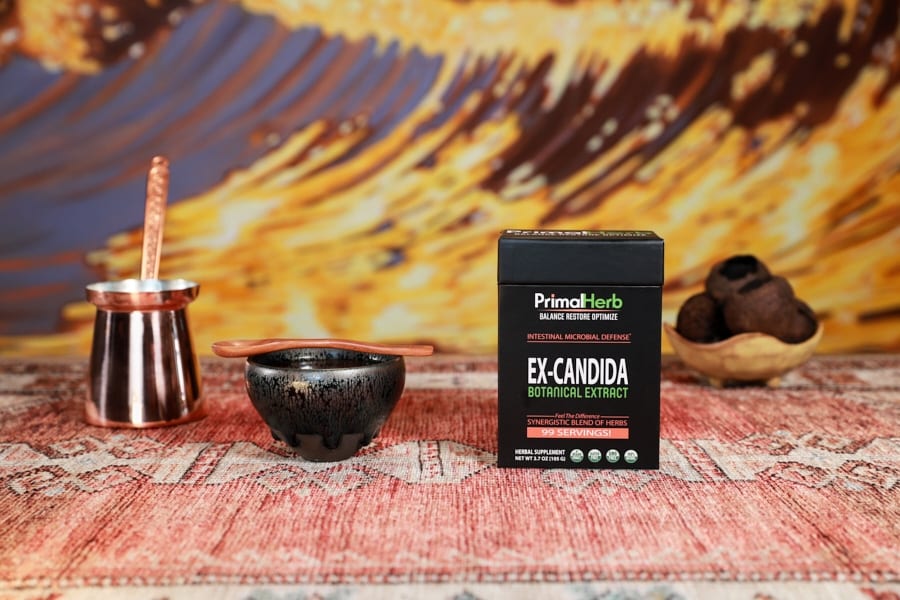 Learn More About EX-CANDIDA: Click Here
Learn More About EX-CANDIDA: Click Here
Identifying Die-Off Symptoms
Decoding the Symptoms: The Body’s Reaction to Rapid Detox
Experiencing a die-off reaction can be overwhelming, as it often brings a range of symptoms that may vary in intensity and duration. Understanding them is crucial for managing the die-off process effectively.

Common Symptoms of Die-Off Reactions
- Fatigue and Weakness: Often the most pronounced symptom, it reflects the body’s exhaustive efforts in eliminating toxins.
- Headaches and Migraines: Result from the body’s inflammatory response to toxins.
- Digestive Disturbances: Includes bloating, gas, constipation, or diarrhea, as the gut microbiome undergoes significant changes.
- Skin Reactions: Rashes, acne, or other skin irritations can occur as the skin attempts to expel toxins.
- Flu-like Symptoms: Fever, chills, and muscle aches mimic flu symptoms but are signs of the body’s immune response.
- Mood Swings and Mental Fog: Caused by the impact of toxins on the central nervous system.
Symptom Variations Across Conditions
- Candida Die-Off: May present more pronounced digestive issues and skin reactions, alongside intense sugar cravings as the yeast population dies off.
- SIBO (Small Intestinal Bacterial Overgrowth): Often marked by severe bloating and gas, reflecting the die-off of bacteria in the small intestine.
- Parasite Die-Off: Can lead to unique symptoms such as increased bowel movements and possible visible evidence of parasites in stool.
Understanding the Nuances
While these symptoms can be uncomfortable, they are a sign that the intervention is effective.
Managing Die-Off Symptoms: Practical Tips for Relief

Hydration: The Foundation of Symptom Management
“Hydration is key in flushing out toxins,” says Dr. Alexandra Fleming, a naturopathic doctor. She emphasizes that drinking plenty of water aids in diluting and eliminating toxins released during die-off.
Rest and Recovery: Listening to Your Body’s Needs
Rest is not just about sleep; it’s about giving your body the time to heal. “Rest is a critical component of the detox process,” advises Dr. Fleming. Ensuring adequate sleep and allowing periods of physical rest during the day can significantly aid recovery.
Detox Supplements: Aiding the Elimination Process
Incorporating detox supplements can be beneficial. Dr. Fleming suggests, “Milk thistle, dandelion root, and turkey tail mushroom are great for supporting liver function, a vital organ in the detoxification process.” These supplements can help enhance the body’s ability to process and eliminate toxins. Another great recommendation for liver support during this time is LVR-RENEW.
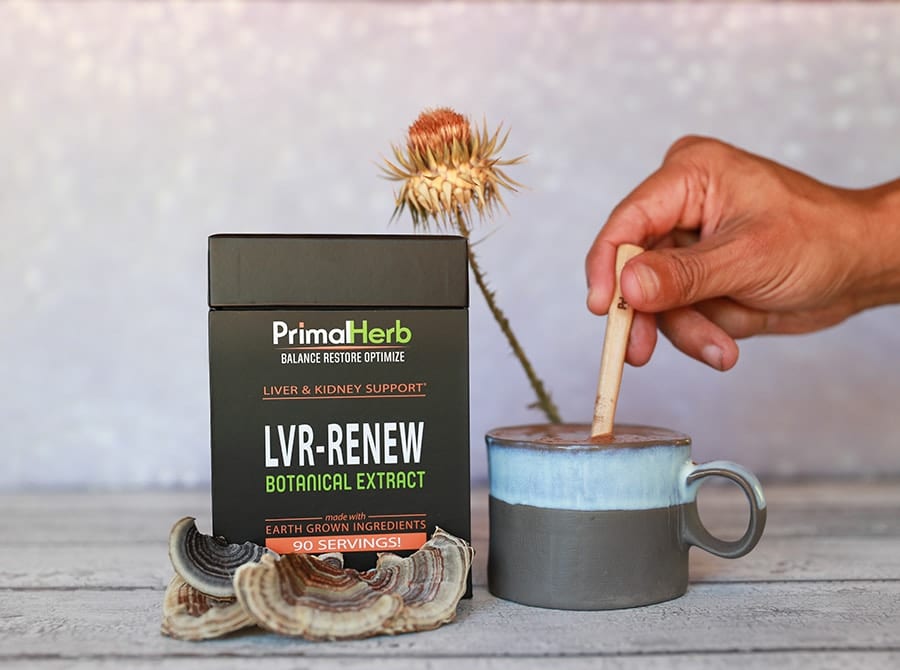 Learn More About LVR-RENEW: Click Here
Learn More About LVR-RENEW: Click Here
Binders in Detoxification: Mandatory or Optional?
We believe this is 100% optional due to the following reasons:
- Natural Detoxification: The body has natural detoxification mechanisms, primarily through the liver and kidneys. Some believe that a healthy body can manage the detoxification process without the need for additional binders. If help is needed, we can provide additional Liver support through our LVR-RENEW
- Potential Side Effects: Some binders can cause side effects, including constipation, which could counteract the goals of a cleanse.
- Absorption of Nutrients: There’s a concern that binders might also absorb essential nutrients, potentially leading to deficiencies.
- Focus on Diet and Hydration: Emphasizing a clean diet and hydration can naturally support the body’s detoxification processes. This might reduce the perceived need for binders.
- Individual Needs: Everyone’s body is different. What works for one person might not work for another. Some people might benefit from binders, while others do not.
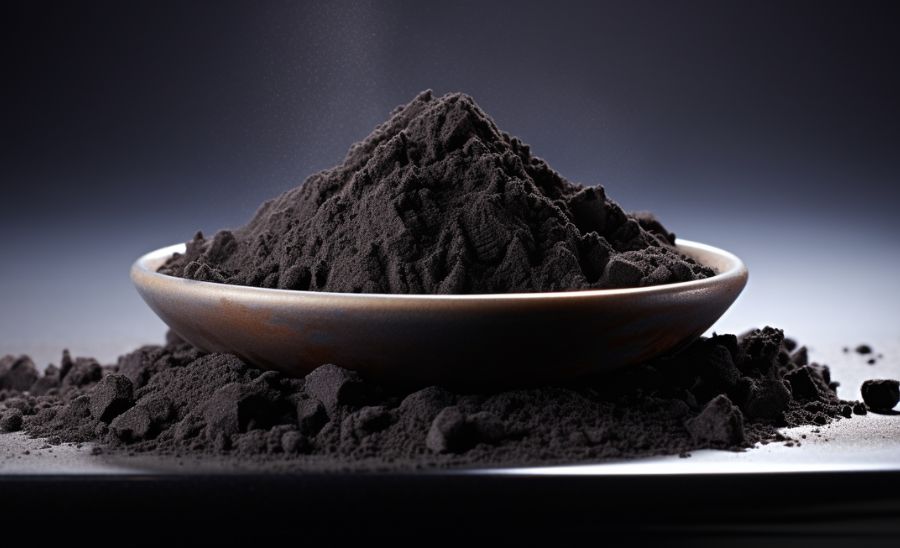
However, if one insists on a binder, we recommend activated charcoal. It’s crucial to take it on an empty stomach to avoid nutrient and medication absorption issues.
Gentle Exercise: Boosting Circulation and Detoxification
Engaging in light exercise like walking or gentle yoga can improve blood circulation and aid in toxin elimination. “Exercise, even mild forms, can significantly improve detoxification,” notes Dr. Fleming.
Dietary Adjustments: Soothing the Digestive System
Dr. Fleming recommends, “Simple, easily digestible foods can be gentler on your digestive system during a die-off.” Foods like broths, steamed vegetables, and lean proteins can provide necessary nutrients without overwhelming the digestive system.
Stress Management: Reducing the Body’s Burden
Managing stress is essential. Dr. Fleming advises, “Practices like meditation, deep breathing, or even engaging in hobbies can reduce the physiological impact of stress, aiding in a smoother detoxification process.”
Listen to Your Body: Adjusting as Needed
Remember, everyone’s body reacts differently. Dr. Fleming says, “Be attentive to your body’s signals and adjust your strategies accordingly.”
By following these expert recommendations, you can effectively manage die-off symptoms, making the detoxification process more bearable and effective.
Navigating Through Different Die-Off Scenarios
Candida Die-Off: The Case of Emily
Emily began a low-sugar, anti-Candida diet while taking EX-CANDIDA soon experiencing fatigue, headaches, and skin breakouts. Recognizing these as die-off symptoms, she increased her water intake, started taking LVR-RENEW for liver support, and ensured adequate rest. Gradually, her symptoms subsided as her body adjusted to the dietary changes.
SIBO Die-Off: The Case of John
John’s treatment for SIBO included specific antibiotics, a low-FODMAP diet, and EX-CANDIDA. He experienced significant bloating and discomfort, typical of SIBO die-off. To manage these, John incorporated gentle yoga, increased hydration, and took digestive enzymes to aid digestion.
Parasite Die-Off: The Case of Sarah
After starting anti-parasitic treatment which included EX-CANDIDA, Sarah noticed increased bowel movements and abdominal discomfort. She supported her die-off process by consuming soothing broths, staying well-hydrated, and resting adequately. Her symptoms eased over time as the parasite load decreased.
Different Approaches for Different Conditions
Each case demonstrates the importance of tailored approaches to manage die-off symptoms. While hydration and rest are universally beneficial, specific strategies like dietary adjustments and supplement choices vary depending on the condition and individual reactions.
Conclusion: Embracing the Journey Towards Healing

In this journey through understanding and managing die-off reactions, we’ve explored the complexities of the Herxheimer reaction, its symptoms, and strategies for effective management.
From dietary adjustments and hydration to rest and supplementation, each aspect plays a crucial role in navigating the die-off process. Remember, individual experiences may vary, and what works for one might not work for another. The road to recovery might have its challenges, but with the right strategies and guidance, it can lead to a healthier, more balanced life.
GET SOCIAL – LIKE, COMMENT, PIN, AND SHARE!
Recommended
Discover Gynostemma: Nature’s Answer to Chronic Pain Relief
Pain isn’t always simple. Pain can be acute or intense, but it can also be chronic, subtle, and life-changing. No matter what pain may be like, it can be limiting. More frustrating are the limited …
Elevate Your Memory: Nature’s Best for Cognitive Boost
It can be frustrating, the way it infiltrates anything and everything in one’s routine. At first, we might not be able to put a finger on what’s going on, or even think of it as …
Revitalize Your Health with He Shou Wu: Master the Art of Blood Building for Longevity
As long as humankind has existed, there’s always been a search for ways to promote ultimate health and longevity. Today, human beings can live longer than they ever have before. But whether that truly means …
- Exclusive Offers
- Product Giveaways
- Latest Research
- New Product Launches

